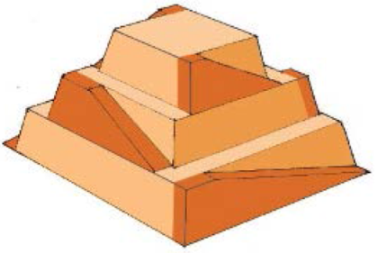Search results
In electrical engineering, three-phase electric power systems have at least three conductors carrying alternating current voltages that are offset in time ... more
is a probabilistic argument used to estimate the number of active, communicative extraterrestrial civilizations in the Milky Way galaxy
... more
Indicated airspeed (IAS) is the airspeed read directly from the airspeed indicator (ASI) on an ... more
In probability theory, the normal (or Gaussian) distribution is a very commonly occurring continuous probability distribution—a function that tells the ... more
In Valuation (finance), tax amortization benefit (or tax amortisation benefit) refers to the present value of income tax savings resulting from the tax ... more
A geosynchronous orbit (sometimes abbreviated GSO) is an orbit around the Earth with an orbital period of one sidereal day ... more
In probability theory, the normal (or Gaussian) distribution is a very commonly occurring continuous probability distribution—a function that tells the ... more
a) Calculate the gravitational potential energy stored in the pyramid, given its center of mass is at one-fourth its height.
b) Only a fraction of the workers lifted blocks; most were involved in support services such as building ramps, bringing food and water, and hauling blocks to the site. Calculate the efficiency of the workers who did the lifting, assuming there were 1000 of them and they consumed food energy at the rate of 300 Kcal/hour.
first we calculate the number of hours worked per year.
then we calculate the number of hours worked in the 20 years.
Then we calculate the energy consumed in 20 years knowing the energy consumed per hour and the total hours worked in 20 years.
The efficiency is the resulting potential energy divided by the consumed energy.
Indicated airspeed (IAS) is the airspeed read directly from the airspeed indicator (ASI) on an ... more
Security characteristic line (SCL) is a regression line, plotting performance of a particular security or portfolio against that ... more
...can't find what you're looking for?
Create a new formula
The awe‐inspiring Great Pyramid of Cheops was built more than 4500 years ago. Its square base, originally 230 m on a side, covered 13.1 acres, and it was 146 m high (H), with a mass of about 7×10^9 kg. (The pyramid’s dimensions are slightly different today due to quarrying and some sagging). Historians estimate that 20,000 workers spent 20 years to construct it, working 12-hour days, 330 days per year.
